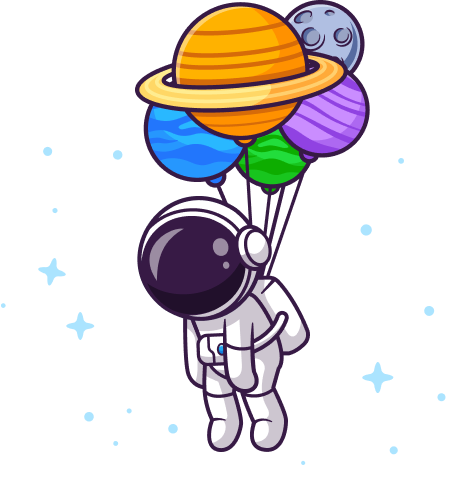Install our Bundle Locally
We have a bundle "package" and bundle class, and even though it lives within our app, we still need to "install" it. This is handled with Composer like normal but the method is a little different. It doesn't exist on Packagist or GitHub yet, so we have to tell Composer: "Hey, our bundle package exists in this specific folder!"
Open our app's composer.json file and add a new top-level key called "repositories". Composer has a default "repository" - Packagist. This is where it looks for packages. But we can add our own custom repositories too.
This needs to be an array, inside, a json object. The first key is "type" - what kind of repository. In our case, it's a "path" (or local) repository. Next, "url" - for "path" repositories, this is the relative path to our package folder. Use "object-translation-bundle", since it's in the root of our app:
| { | |
| // ... lines 2 - 46 | |
| "repositories": [ | |
| { | |
| "type": "path", | |
| "url": "object-translation-bundle" | |
| } | |
| ], | |
| // ... lines 53 - 106 | |
| } |
Installing the Bundle
Now we can install our bundle package, so head over to your terminal and run:
composer require symfonycasts/object-translation-bundle
Oh... We're getting an error about not finding a "stable" version of our package. This actually makes sense as we haven't made any releases and our app is configured to only install stable versions of packages by default.
We can get around this by explicitly allowing a "dev" version of this package. Run the command again, but appending :@dev to the end of the package name:
composer require symfonycasts/object-translation-bundle:@dev
Awesome! That worked. What's cool about "path" repositories is that they're symlinked, so changes you make to the bundle are reflected in your app immediately. Perfect for local development!
Auto-Flex Recipe
Look at this - the output is telling us Symfony Flex installed a recipe for this? How? We didn't create a recipe...
Run:
git status
to see what's up. composer.json and composer.lock were modified - that's expected... but look: config/bundles.php was modified too...?
Open that up in your editor. Wow! It automatically added our bundle class!
| // ... lines 1 - 2 | |
| return [ | |
| // ... lines 4 - 15 | |
| SymfonyCasts\ObjectTranslationBundle\ObjectTranslationBundle::class => ['all' => true], | |
| ]; |
Remember when we created our bundle's composer.json file? We set the "type" to "symfony-bundle"? This told Symfony Flex: "Hey, this is a Symfony bundle! Look for a bundle class and load it automatically."
Without needing a true recipe, whenever someone installs this package, the bundle is automatically added to your app.
Pretty neat, eh?
We have an empty bundle installed and loaded in our app. Next, let's have our bundle provide a Symfony service!
